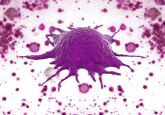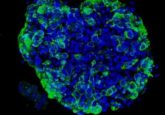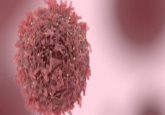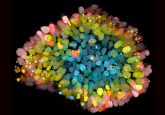Getting to know the tumor microenvironment with novel organoids
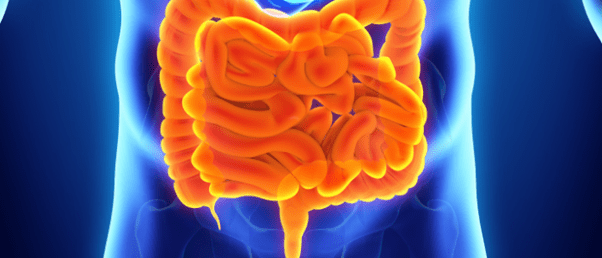
Human colorectal cancer organoids demonstrate how chemotherapy side effects could be reduced by improving the study of the tumor microenvironment.
A team of scientists from the Wake Forest Institute for Regenerative Medicine (WFIRM; NC, USA) has bioengineered human colorectal cancer organoids to learn more about how tumors interact with their natural microenvironment. The subsequent study became the first to successfully replicate observations of native tumor tissue in a laboratory model.
A key element of accurately predicting tumor progression and response to therapies is how tumors interact with their surrounding microenvironment, however, isolated tumor cells are currently used for these purposes.
“Tumors are products of their environment. They send signals that can have significant effects on local tissue, and they receive signals from nearby cells and tissues that can alter their progression,” explained senior author Shay Soker.
Therefore, developing new treatments that can target cancerous cells while having little impact on healthy cells – and reducing patient death rates – relies heavily on new forms of investigation, such as colorectal cancer organoids.
 Personalized tumor organoid model could optimize chemotherapy protocols
Personalized tumor organoid model could optimize chemotherapy protocols
A tumor organoid platform created using patient tissue samples could be utilized to predict effective chemotherapy protocols in appendix and colon cancer patients.
The team had previously developed a 3D organoid model of the colon for use in analyzing and identifying changes in the microenvironment of colorectal cancer biopsies.
They discovered that samples with an orderly extracellular matrix maintained their microenvironment ‘fingerprint,’ whereas those with disordered extracellular matrix had a more primitive ‘fingerprint.’
When the results were replicated in the context of whole-body physiology, they found that a pre-structured tumor microenvironment maintained its architecture in the laboratory. Therefore, it may be possible to develop treatments targeting the extracellular matrix that work alongside chemo- or radiotherapy.
Not only could these organoid models lead to more successful drug development and screening, they could also demonstrate how to reduce tumor resistance and chemotherapy side effects through making changes in the tumor microenvironment to control the responsiveness of cancer cells.
